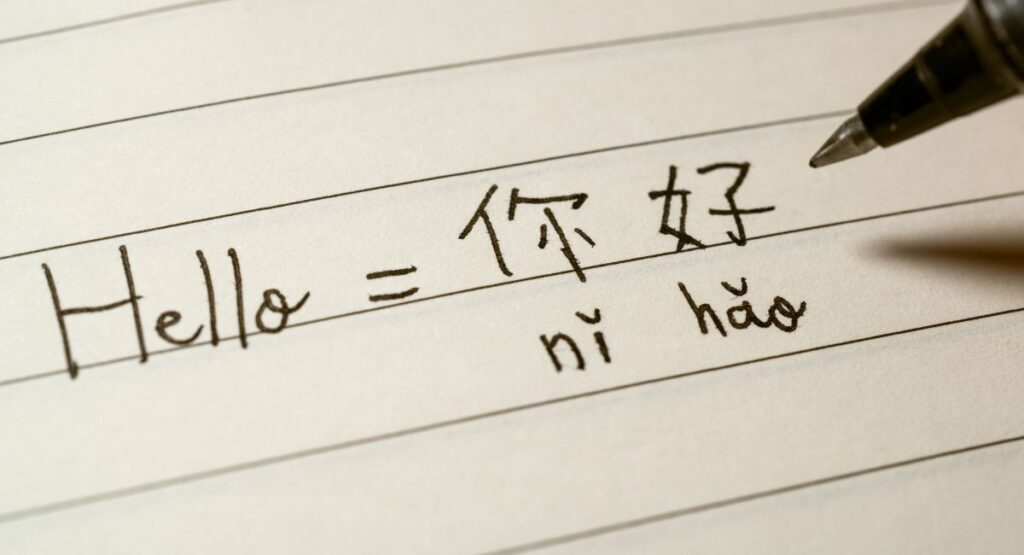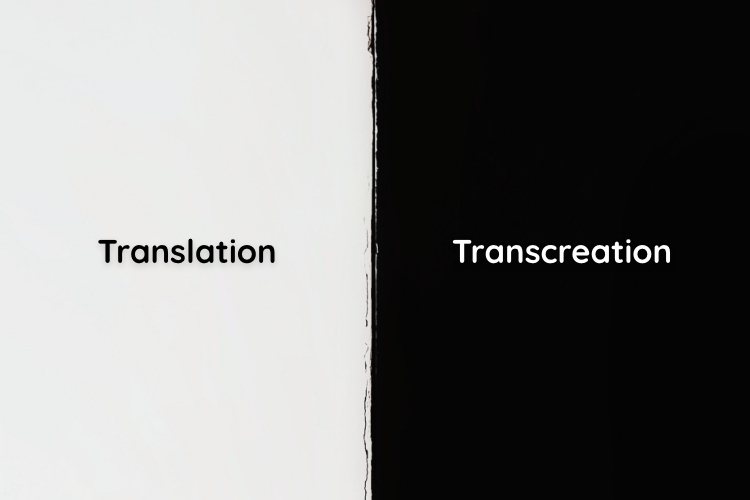Translation of your content into another isn’t always a literal, word-for-word interpretation. Depending on the type of content, it may be necessary to use transcreation to get your message across. But how do you know which method to use?
Table of Contents
What’s the Difference Between These Methods?
There is a big difference between the two methods. One note—it is possible that one translator performs both types of work. Depending on the translation company you choose, you may find that these jobs are separate. However, it is possible to have one person who performs both types of work.
1. Content: Transcreation is a recreation of content in another language. These types of projects require a linguistic copywriter who possesses a deep understanding of the target audience, language, and culture. People who specialize in this process are content writers or copywriters, who use their knowledge of language to deliver the intended message of a client from one language into another but use creativity in the process. The content is not translated word-for-word. Instead, the linguist will use words and ideas that fit the target language, while maintaining the intent of the source material.
2. Scope: Translation is the process of literally translating from one language to another. During the translation process, the translator replaces words from one language with their corresponding words in the new language. Translated material remains close to the source content. A qualified translator often uses this method to ensure a high level of accuracy in the material.
On the other hand, transcreation is a more creative process. The linguistic copywriter uses their knowledge of the target audience and the new language to recreate the source material to fit the local market and culture. In transcreation, the original concept is retained, but the words are adapted to suit the target language and culture. This method is commonly used for advertising materials, slogans, taglines, and marketing content. This process uses a linguistic copywriter trained in writing.
3. Approach: Transcreation requires a deep understanding of the culture and the target language. Linguistic copywriters work with concepts. These may involve words and even design elements. Just as the linguistic copywriter uses their knowledge of the target audience to recreate the message, they also use this knowledge on visual elements of the project.
To suit the target market, it may be necessary to recreate images, tables, and other elements. With translation, the translator works with the words directly and may offer insight into the visuals; however, their main focus is on the translation process.
4. Uses a creative brief: Just as you may give a brief to a content writer, you’ll do the same with a linguistic copywriter. You, as the client, provide the documents and discuss the tone, intent, and desired results of the intended message.
5. More expensive: Writing takes time and research. The linguistic copywriter may spend considerable time researching your industry and brand, along with the target market before they begin writing. In addition, they’ll share drafts of their content as part of the process. As a result, this method tends to cost a bit more, but that’s due to the time and effort involved.
What is an example of Transcreation and Translation?

Transcreation and translation are both methods of adapting content for different languages and cultures, but they differ in their approach.
Translation is the process of rendering text from one language into another language while retaining the meaning and intent of the original content. An example of translation would be converting an English-language marketing brochure into French, ensuring that the translated brochure accurately conveys the original message in a way that is appropriate for a French-speaking audience.
Transcreation, on the other hand, involves adapting the message or creative content in a way that is culturally relevant to the target audience while maintaining the intent of the original content. Transcreation may involve changing the text, images, or design elements of the content. An example of transcreation would be adapting a U.S. advertising campaign for a Chinese audience by altering the messaging, visuals, and cultural references to appeal to the Chinese market.
Related Post: When and Why Do You Need Professional Translation Services?
Transcreation and Marketing Localization
Both marketing localization and transcreation are more contemporary translation methods used today, rather than just relying solely on a literal translation. Literal translations are not effective in conveying ideas and emotional connections to the content.
Market localization remains true to the ideas and emotional impact of the words in the original language. This process is about creating culturally appropriate messages. Localization adds value.
Transcreation carries this further by completely adapting the message to maximize cultural resonance and relevance. This method creates an entire experience in the language of the targeted audience.
These are the main differences between translation and transcreation. Each provides value but must be used for specific types of content to clearly and correctly get your message across to the target audience.
What exactly is transcreation and how does it differ from regular translation?
Transcreation, often referred to as creative translation, involves adapting the content to resonate with the target audience’s cultural, emotional, and local nuances. It goes beyond the literal translation, ensuring the message remains impactful and relevant in a different cultural context. On the other hand, translation focuses on accurately converting the source text into another language while maintaining its original meaning.
When should a business consider using transcreation?
Businesses should opt for transcreation when they’re targeting a specific market with distinct cultural nuances, especially for marketing campaigns, advertisements, and brand messages. It ensures that the content doesn’t just communicate the right message but also evokes the desired emotions and reactions in the audience. Straightforward translation would be more suitable for general information, technical documents, and content where the cultural context isn’t as crucial.
How do cultural nuances play a role in the choice between translation and transcreation?
Cultural nuances encompass the traditions, beliefs, idioms, humour, and local customs of a particular region. These elements can heavily influence how a message is received. For instance, a slogan or joke that works well in one culture might be ineffective or even offensive in another. Thus, understanding and adapting to these nuances is vital. Transcreation comes into play here, allowing businesses to mould their content to fit the cultural landscape of the target market, ensuring it is both effective and respectful.
Read more:
